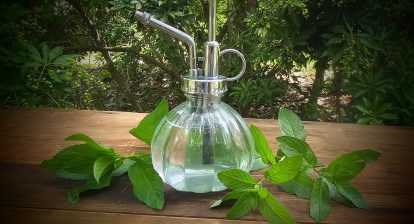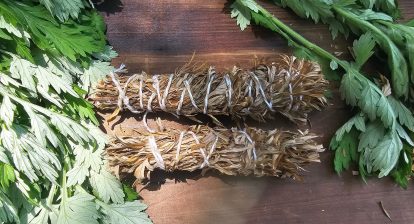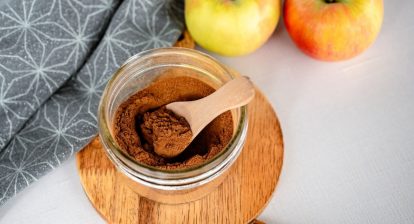3. Blanching vs. Flash-Freezing: Which is the best?
When I first learned how to freeze green peppers, I discovered that there are two main ways to do this: blanching or flash freezing. Each method has its benefits, and I've tried both, but I'll share what worked best for me—and hopefully help you decide what's right for your needs.
Blanching involves quickly boiling the green peppers for a few minutes, then plunging them into an ice bath to stop the cooking process. The goal here is to preserve the color, texture and flavor of the peppers. Blanching can be a good choice if you freeze peppers for long-term storage (6 months or more) and want to retain as much of that bright green color and sharpness as possible. I'll be honest though – I usually skip this step. It adds extra steps, which isn't ideal when I'm knee-deep in garden harvest season!
Flash-freezeon the other hand, it is my preferred method. It's quick, easy, and doesn't require a boiling water bath or ice bath. After I wash and cut the peppers, I lay them out in a single layer on a baking sheet lined with parchment paper and refrigerate for a few hours, until they are firm and individually frozen. This prevents them from sticking together later. Once frozen, I transfer them to airtight freezer bags, being careful to squeeze out as much air as possible.
For me, flash freeze is the way to go. This saves time and the peppers still hold up well in soups, stir-fries and casseroles – just the way I like to use them. Plus, I don't mind if they lose a bit of crispiness, since I usually cook them anyway. If you're looking for the fastest method to learn how to freeze green peppers, flame freezing will be your best friend.
So now that you know the options, let's get into the step-by-step guide on how to actually freeze these green beauties!






